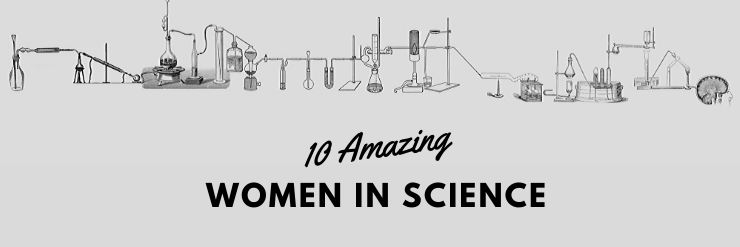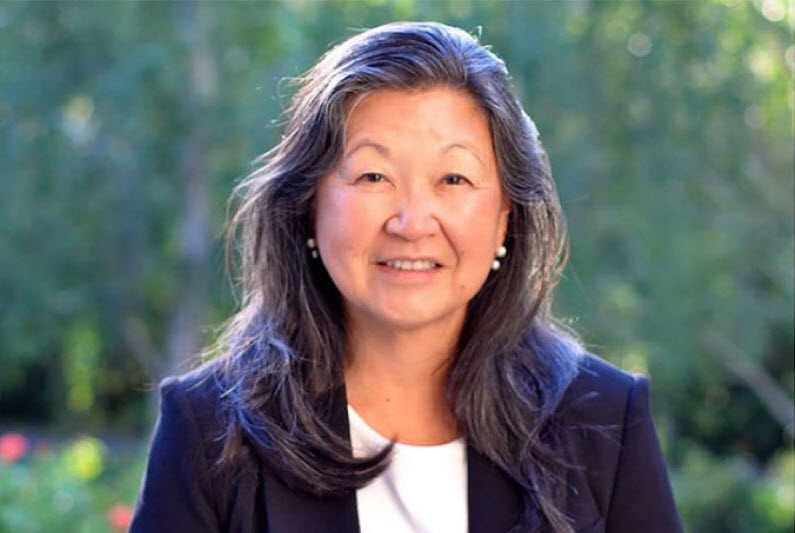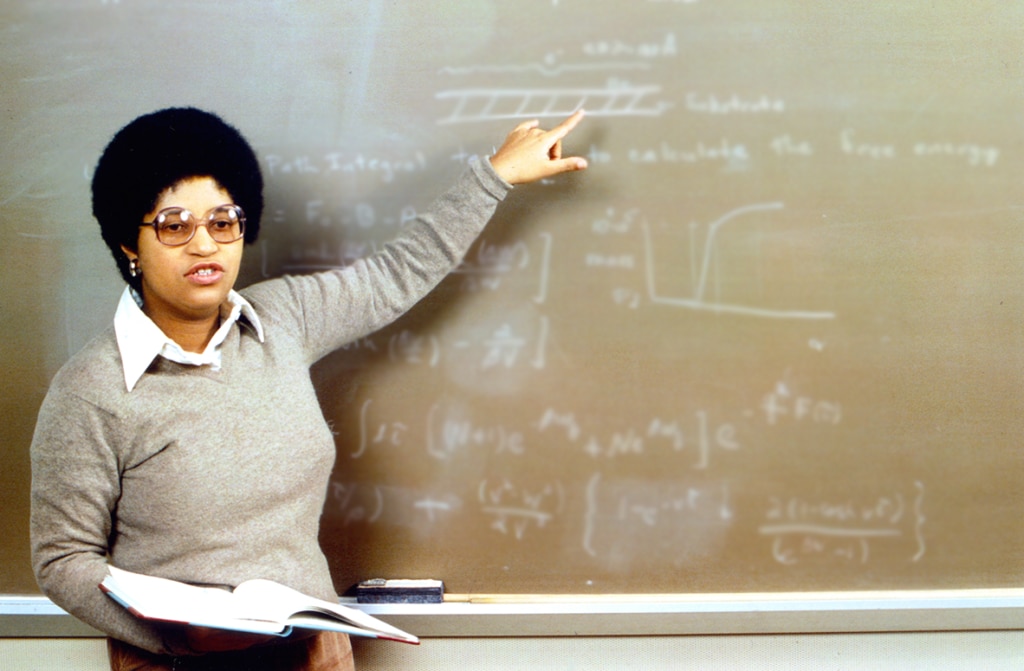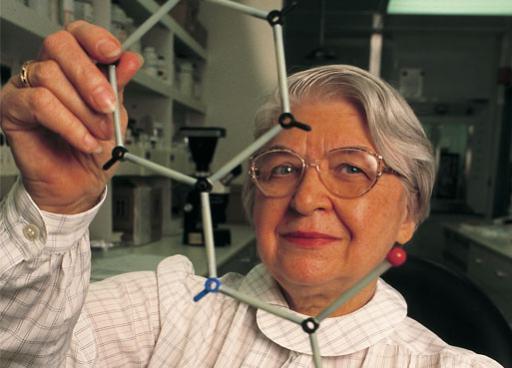You might be aware that 28th February is celebrated as National Science Day in India but do you know why we celebrated the National Science Day?
National Science Day is celebrated every year on 28 February, to commemorate the discovery of the ‘Raman Effect’, which led to Indian Scientist C. V. Raman winning the Noble Prize in Physics. One scientific invention can change the world forever. This year, India is celebrating the National Science Day with the theme – ‘Women in Science’.
Here are 10 amazing women in science from India and across the world who have made a mark with their outstanding discoveries.
Ann Tsukamoto – Stem cell isolation
In the 1990’s, Tsukamoto and her colleagues created a significant medical breakthrough – they were able to identify and isolate stem cells. This discovery has been important to medical advancements, as well as the development of bone marrow transplants to treat blood cancer. Stem cells are special human cells that have the flexibility to be converted into many various cell types, from muscle cells to brain cells. In some cases, they even have the flexibility to repair broken tissues. Their discovery gave people with blood cancer another chance at life and has since saved thousands of lives.
Marie Curie – Theory of Radioactivity

Marie Curie was not only the first woman to win a Nobel Prize, but the first and only woman in history to win it twice. The scientist who discovered polonium and radium, Marie Curie developed the theory of radioactivity, as well as techniques for isolating radioactive isotopes. During World War I, she designed the mobile radiography units used by field hospitals to take X-rays of wounded soldiers.
Indira Hinduja
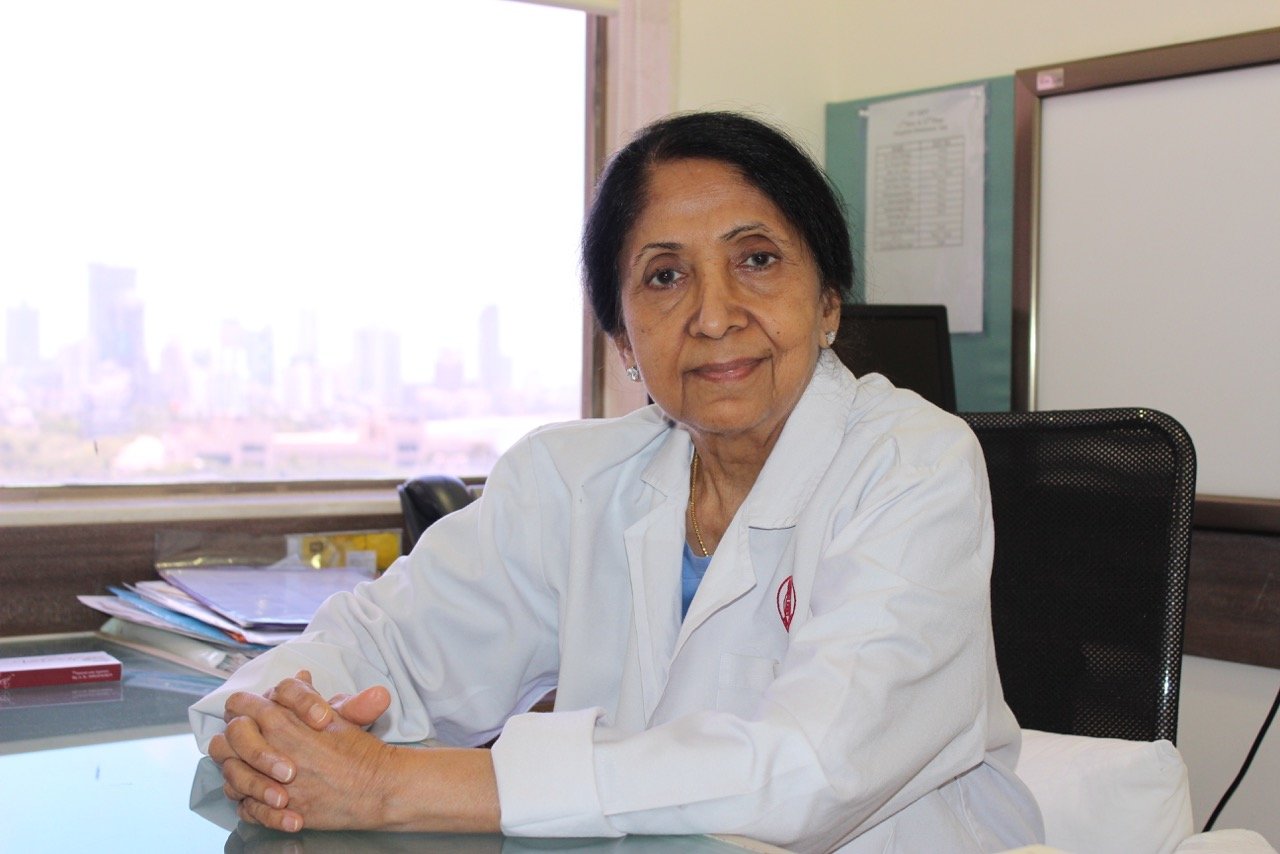
Dr. Indira Hinduja is an Indian gynaecologist, obstetrician and infertility specialist she delivered India’s s first test-tube baby at KEM Hospital on August 6, 1986. She also pioneered the Gamete intrafallopian transfer (GIFT) technique resulting in the birth of India’s first GIFT baby on January 4, 1988.
Shirley Jackson – Telecommunication research
Theoretical physicist Dr. Shirly while working at Bell Laboratories, she conducted breakthrough research with subatomic particles. Her research enabled others to invent the portable fax, touch-tone telephone, solar cells, fibre optic cables, and the technology behind caller ID and call waiting. Imagine all the important information we would have missed without this Shirley Jackson!
Asima Chatterjee
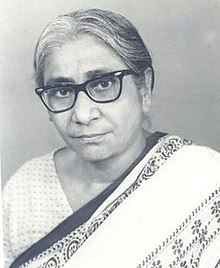
Asima Chatterjee was one of the first Indian women to earn a doctorate in science in British India and a highly regarded Indian chemist. Asima Chatterjee is most noted for her research on vinca alkaloids & the development of anti-epileptic & anti-malarial drugs.
Stephanie Kwolek – Kevlar
Although this invention from Stephanie Kwolek was an accident, its discovery has helped prevent countless other harmful accidents. Stephanie Kwolek, while looking for new, lightweight plastic to be used in car tires so that they can enjoy better fuel economy, accidentally discovered ‘ Kevlar’ that is five times stronger than steel. Thanks to Stephanie Kwolek, Kevlar now has hundreds of applications.
Mary-Claire King

Proved that humans and chimpanzees share 99% of the same genes. Mary-Claire King teamed up with Allan Wilson, a molecular biology professor, to demonstrate that chimpanzees and humans shared 99% of their DNA. Not only that she used dental genetics to identify 59 children who had been separated from their families due to political strife and thereby saving lives and healing many families. Now, the technique of using dental genetics to identify missing people is widely used, partly thanks to King’s inventive work.
Valentina Tereshkova
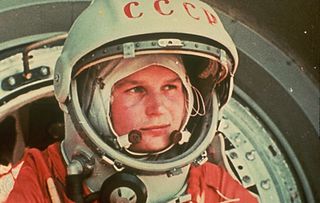
The first woman to fly in space, Valentina Tereshkova orbited the earth for 3 straight days, 48 times, logging more flight time than all of the American astronauts who flew before her combined. Like others, Tereshkova maintained a flight log & took photographs. These photographs of the horizon from space were later used to identify ‘Aerosol layers’ within the atmosphere.
Lene Vestergaard Hau
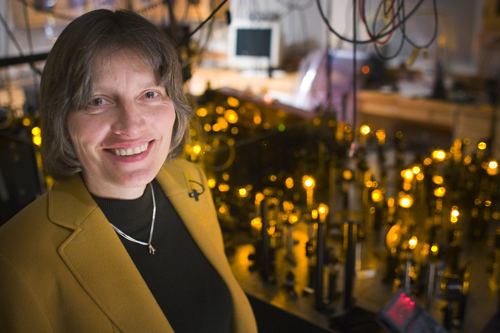
Hau was the first to stop light, which moves at 186,282 miles per second in a vacuum. In the 1990s Lene Vestergaard Hau focused on developing ultracold gases that would act to slow down beams of light. When she and her team shined a laser through that condensate in 1999, the pulse speed dropped to about 17 m/s. Two years later, Lene Vestergaard Hau one-upped herself by stopping light dead in its tracks by using a cloud of sodium atoms cooled to a few billionths of a degree above absolute zero.
Kamala Sohonie

Kamala Sohonie discovered that every cell of a plant tissue contained the enzyme ‘cytochrome C’ which was involved in the oxidation of all plant cells. During her service to science in India, she worked on the effect of vitamins, nutritional aspects of ‘Neera’ aka Palm Nectar. She along with her students worked on three major groups of food items consumed by the rural poor. Her work on Neera was started on a suggestion from the then President – Dr. Rajendra Prasad, which her students later worked on the same for almost 10-12 years, and showed that introduction of Neera in the diet of tribal malnourished adolescent children and pregnant women, resulted in significant improvement in their overall health.
Here’s how students at Ryan International Group celebrated National Science Day 2020 – http://bit.ly/2PDbaLU

